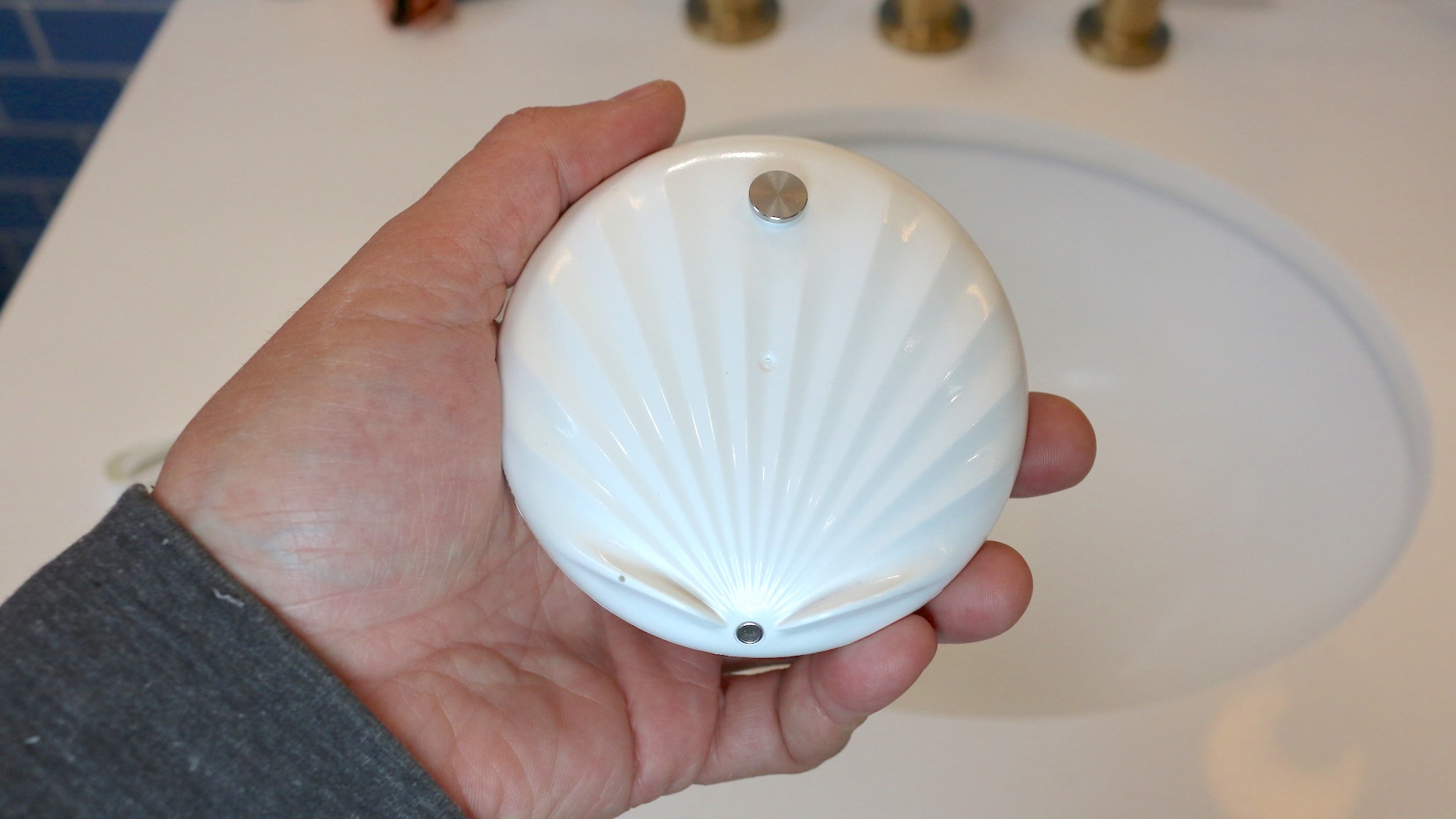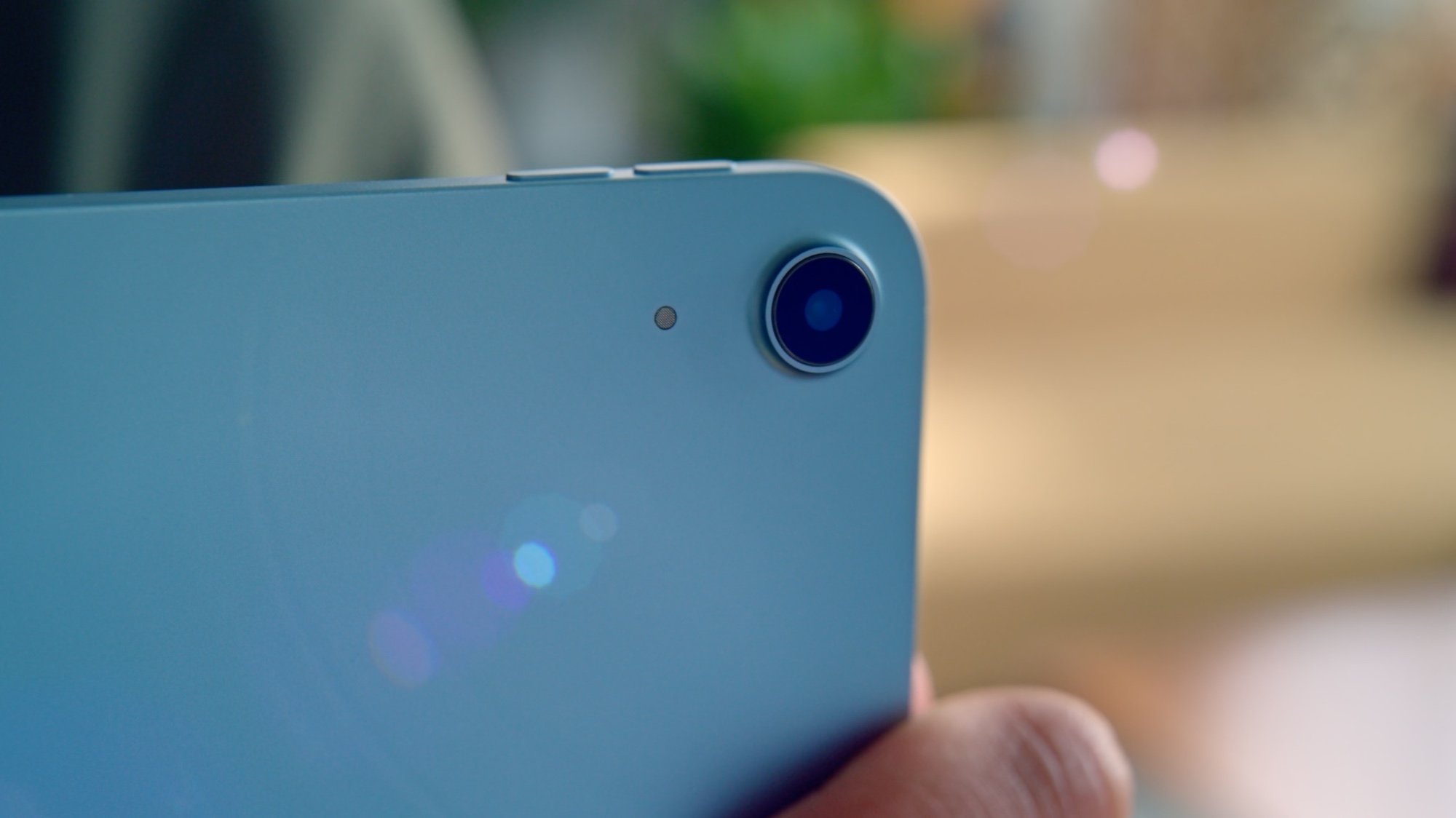Early Verdict
If you want to take your health tracking to the next level, the Withings U-Scan is an at-home smart device that can analyze your urine, and potentially help spot problems before they arise.
Pros
- +
Small, compact device
- +
Comprehensive app
- +
Withings+ membership included
Cons
- -
Hard to open/close
- -
Expensive
Why you can trust Tom's Guide
I've never peed on a gadget before, but that's how you're supposed to use the Withings U-Scan, a small and very pricey device that is designed to detect different levels of chemicals and compounds in your urine. It then gives proactive advice to better manage your health.
It’s a bit of a leap for Withings, which has up until now been known for its smart scales and fitness trackers. The Withings U-Scan was first introduced at CES 2023, so it's taken the company a few years to get things ready for the public. If you want to know how the U-Scan works, urine luck: The company gave me a unit to test out.
Withings U-Scan: Price and availability
The Withings U-Scan launches today (Oct. 29) in the U.S. and Europe, and is available at Withings.com. You can get the U-Scan in one of two packages.
The Proactive Package ($379) comes with one cartridge, and is for more casual users who want to perform 2–4 analyses per week. The Intensive Package ($449) is meant for athletes and those who want to monitor things more closely. It comes with two cartridges, so that you can perform 5-7 analyses per week.
Each package also comes with a cleaning and charging station, as well as a complimentary subscription to Withings+, which costs $99 per year. However, when you sign up for the Proactive Plan, you’re automatically enrolled in a cartridge-replacement program, which costs $99.95 for 1 cartridge every three months. If you sign up for the Intensive Plan, it will cost $179.96 for 2 cartridges every three months.
When signing up, you also must choose which type of cartridge you want to receive. the U-Scan Nutrio or the U-Scan Calci.
The Nutrio measures Bio-Acidity (urinary pH), HydroStatus (specific gravity), Ketones, and Vitamin C, while the Calci measures calcium levels, Bio-Acidity (urinary pH), and HydroStatus (specific gravity).
Get instant access to breaking news, the hottest reviews, great deals and helpful tips.
Withings U-Scan: How it works

The Withings U-Scan is a small disk-shaped device about the diameter of a hockey puck, but thinner and tapered around the edges. Inside is a removable cartridge with a series of sealed test strips.
When you whiz on the device, it triggers two sensors, which cause a small needle to puncture one of the strips. The strip then changes color based on what’s in your stream. The U-Scan reads those colors, and sends the info back to the app, which then interprets the data.
To start things off, you first go into the Withings app and let it know you want to analyze your urine. It then sends a signal to the U-Scan to prepare itself. This way, it’s not inadvertently analyzing someone else’s urine.

The U-Scan attaches to the inside of your toilet bowl using a clip (there’s a guide for placing it just so), not unlike one of those blue toilet bowl cleaners. There it will stay for about 30 days, which is the length of its battery life as well as the test strips, according to Withings.
After the battery or the test strips run out, you remove the U-Scan (Withings provides a set of gloves) and you place the device inside a little plastic case, which both recharges and sanitizes the device for its next use. You also have to open it to remove the now-used cartridge.
Withings U-Scan: Setup

Perhaps by design, the U-Scan is exceedingly hard to open. The instruction manual tells you to hold the device between your palms, press them together, and twist in a counterclockwise direction to open the two halves. I nearly gave myself carpal tunnel trying to open it.
You then connect the device to your phone via Bluetooth, and then connect the device to your home’s Wi-Fi. Next, you insert the cartridge into the device, and exert a similarly high level of pressure to close the device.
Then, you have to attach the U-Scan to the inside of your toilet, using an included plastic clip. Withings provides three different-size clips, so it can adapt to most toilets. However, you have to clip it to the front lip of your toilet. That meant if I wanted to take a reading, I had to sit instead of stand.
In order to get consistent readings, Withings says it’s important to use the device at the same time of day. You can launch a measurement outside that time, but the app warns that its overall analysis might not be as accurate.
Additionally, you have to open the app to let it know that you want to take a measurement; otherwise, it might record someone else's data.
What my U-Scan data says so far
When you take a tinkle, the device makes a little noise to let you know that it's collected enough of a sample to get a reading. After that, you finish your business and flush.
A few minutes later, the results of the analysis will appear in the Withings app. Here's what it looks like.

As you can see, both my Vitamin C and Ketones levels were within the target range — eat your vegetables! — but my HydroStatus and Bio-acidity were both low, which indicated that I need to be drinking more water. That's not overly surprising — I know I need to drink more, but it's nice to get a reminder from the app.
As I take more readings (my next one isn't scheduled until Sunday), the app will create a chart showing my health trends over time.
Withings U-Scan: Early outlook
Withings gave me the U-Scan with the Nutrio cartridge, so I'll be able to check on my overall health.
I’ve only just started testing the U-Scan, so it’s hard to say what insights I’ll be able to glean from it just yet. I’ll update this hands-on after 30 days, to see how well it works, and what it was able to tell me about my body’s health. Stay tuned.

Michael A. Prospero is the U.S. Editor-in-Chief for Tom’s Guide. He oversees all evergreen content and oversees the Homes, Smart Home, and Fitness/Wearables categories for the site. In his spare time, he also tests out the latest drones, electric scooters, and smart home gadgets, such as video doorbells. Before his tenure at Tom's Guide, he was the Reviews Editor for Laptop Magazine, a reporter at Fast Company, the Times of Trenton, and, many eons back, an intern at George magazine. He received his undergraduate degree from Boston College, where he worked on the campus newspaper The Heights, and then attended the Columbia University school of Journalism. When he’s not testing out the latest running watch, electric scooter, or skiing or training for a marathon, he’s probably using the latest sous vide machine, smoker, or pizza oven, to the delight — or chagrin — of his family.
You must confirm your public display name before commenting
Please logout and then login again, you will then be prompted to enter your display name.

